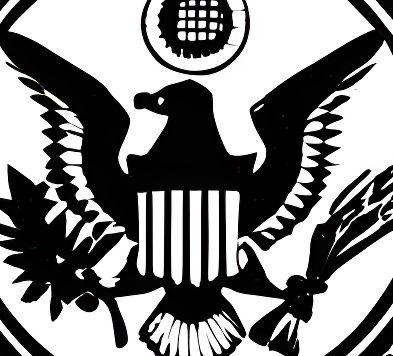BAM Trading in the Hot Seat for Selling Staking Program As Unregistered Security
by
September 23rd, 2023
Audio Presented by

A collection of public domain court case filings, by/against the US SEC, retrieved by HackerNoon
About Author
A collection of public domain court case filings, by/against the US SEC, retrieved by HackerNoon